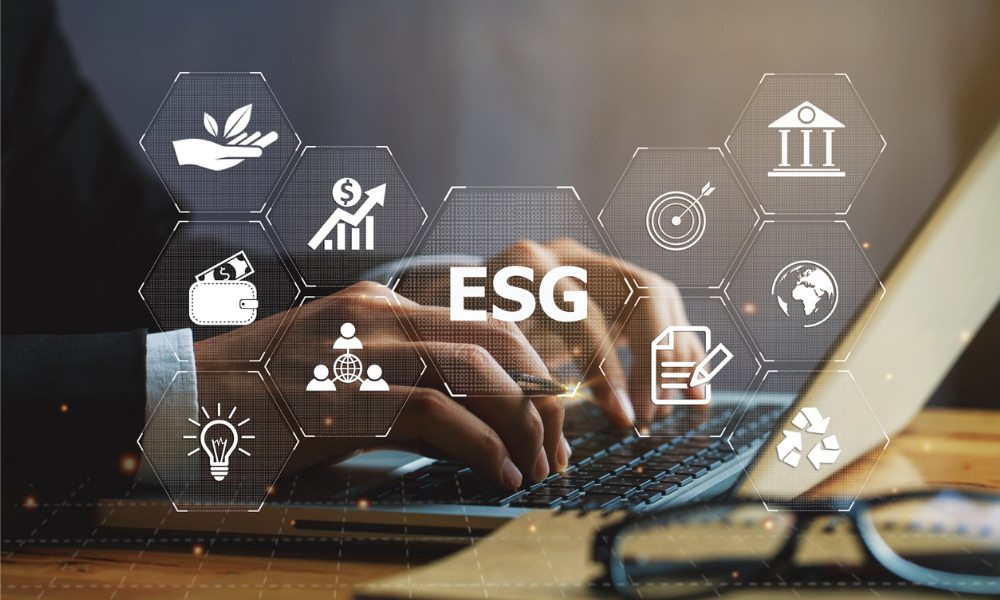Researchers call for new taxonomy to show investors the impact of 'intrinsic' ESG value propositions

ESG investors want to see the effects of their investments in firms that say they are reducing fossil fuel emissions or promoting clean energy, but the data that is available seldom enables that.
Jason Saul, executive director of the Center for Impact Sciences at the University of Chicago's Harris School of Public Policy, and Phyllis Kurlander Costanza, a former head of social impact at UBS, made the case in a white paper titled "ESG: Right Thesis, Wrong Data" that investors should build their strategies around data that measures the impact of their portfolio composition.
The authors dubbed current ESG reporting standards "ESG 1.0," which solely concentrates on businesses' adherence to codes of conduct and ethical rules for matters like board diversity and human rights breaches.
Read more: Institutional investors seeking change are going beyond divestment
They highlighted the yes-or-no way questions about companies’ use of child labour, or implementation of anti-corruption policies, are answered by ratings agencies. But as ESG has grown, it’s become clear that these scores are overly straightforward.
While ESG 1.0 data was created in the 1990s to negatively screen for "sin stocks," or shares of businesses that made products like alcohol and weapons, that approach has grown obsolete with the rise of impact-oriented investors, Saul told Institutional Investor.
Over time, investors' and auditors' perspectives on what really counts have changed. Some investors view materiality as a compliance and risk issue, while others are more focused on the effects of their ESG investments and their potential to generate positive value.
To that end, Saul and Costanza urge a shift toward aspirational ESG 2.0 investing, which goes beyond the criteria of "materiality" to a standard of "intrinsicality."
Read more: Why ESG materiality can’t be a fixed target
While materiality, the foundation of ESG 1.0, considers "extrinsic" ESG value propositions – a project relating to environmental, social, and governance issues (ESG) but unrelated to the business's core objectives, for example – ESG 2.0 would collect data on how the initiative created some positive impact, while also helping a company make more money.
With that in mind, Saul and Costanza recommended that the sector develop standards for impact rather than merely compliance.
While ESG 1.0 scores are mostly generated using administrative data, the two called for the adoption of a “standardized taxonomy of social impacts” for companies to report their contributions to social outcomes like racial equity, education, housing, and financial inclusion.
“Most of the people investing in ESG funds — whether they’re high-net-worth, family offices, or pensions — actually want their money to have an impact,” Saul said. “They just don’t have a way to ask for that information.”



